Gravity casting (also called gravity die casting or GDC ) is the process in which liquid or molten metal is poured into a mold under only the force of gravity. The generalized gravity casting includes sand casting, metal casting, investment casting and lost foam casting such as clay mold casting; narrow sense of the gravity casting refers specifically to the metal casting.
In the die casting process, liquid or “molten” metal is forced into a die under high pressure. In this case, “die” refers to the steel mold created to shape the actual product that will be made. Following the pour and injection into the mold, the molten metal solidifies and is removed from the mold. When the metal cools, the gating material gets removed and a product has been manufactured. Gravity casting is usually used for the products with complicated outer shapes, and die casting usually used for the products with complicated internal shapes but simple outer shapes.
Investment casting or “lost wax” process is that a wax prototype of your part is made and then repeatedly dipped into liquid ceramic. The ceramic hardens and then the wax is melted out leaving you with a ceramic mold. Molten metal is then poured into the ceramic cavity where the wax once was. Once the metal solidifies, the ceramic mold is broken and removed leaving the metal casting. The mold used to create the wax pattern can be used many times however the ceramic mold is broken and discarded with each part.
The advantages of investment casting are as follows:
a. Products with high precision and good surface finish, the attainable precision is IT11-IT14, and the attainable surface roughness is Ra 12.5-1.6μm.
b. The minimum wall thickness can be 3mm, the diameter of the smallest casted hole can be 8mm, and the complicate products which composed by several products can be casted at one time.
c. No limit for the alloy type.
d. No limit for the products quantity.
In the sand casting process, molten metal is poured directly from a ladle into a sand mold – no high pressure necessary. The mold is created when a pattern made out of wood or plastic — typically called a matchplate — is placed inside an enclosure. Sand is then filled in around the matchplate and inside the enclosure. Once the sand is added and packed densely, the matchplate is removed and the remaining cavity is filled with molten metal. Following the pour, the metal solidifies, the mold is opened and the sand is shaken off the hot casting, which leads to a product being manufactured.
The advantages of sand casting are as follows:
1. Low cost for the casting mold.
2. Simple manufacturing process and short production phase.
Gravity casting: Cases, camlock, valve, housing......
Die casting: Aluminum products..
Sand casting: cylinder bodys & covers, housing, rocker arm
Investment casting: Such outer structural parts, cases, Anchor, hand wheel, Tee, Elbow, flange, valve, housing, camlock, roller quick release, lever, joint, assyball, valve tappet, cover, valve disc.
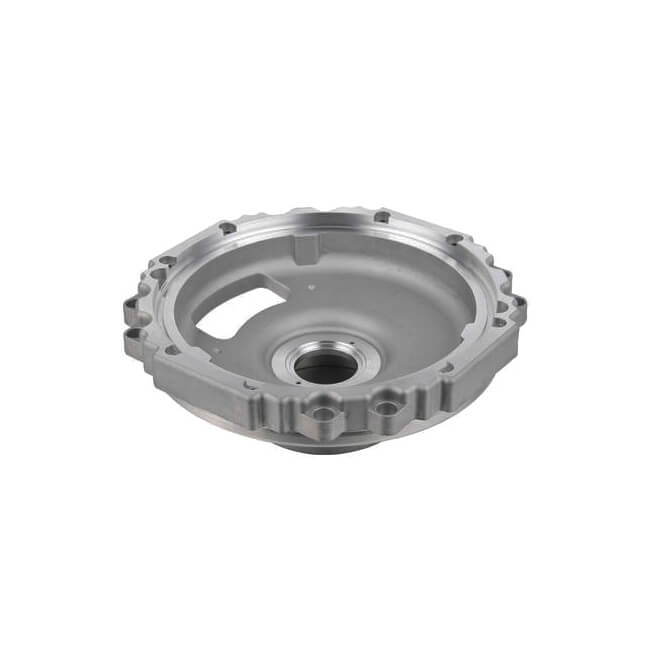
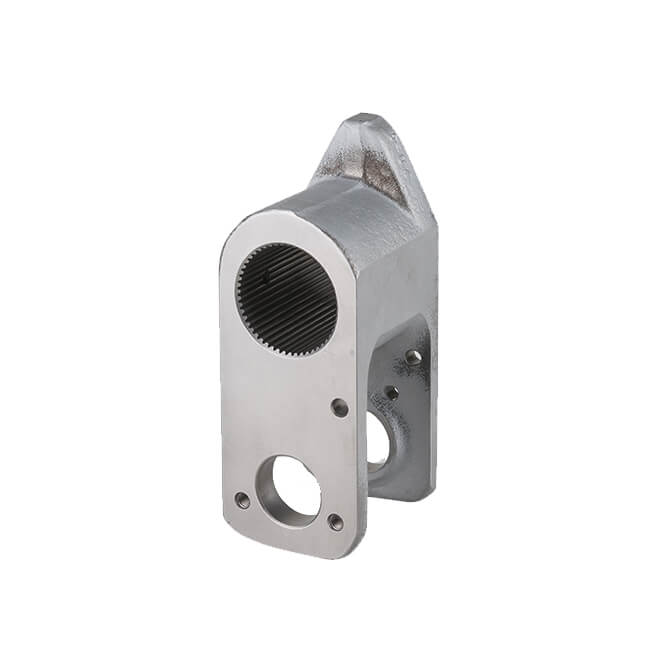
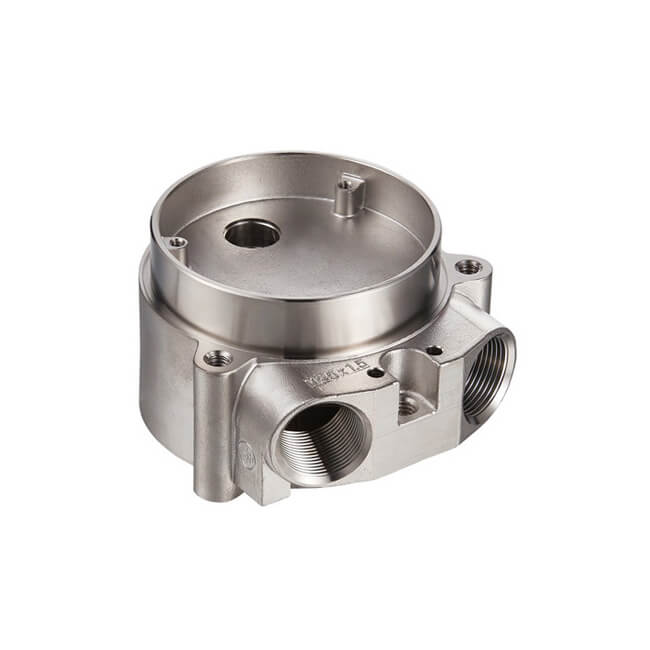
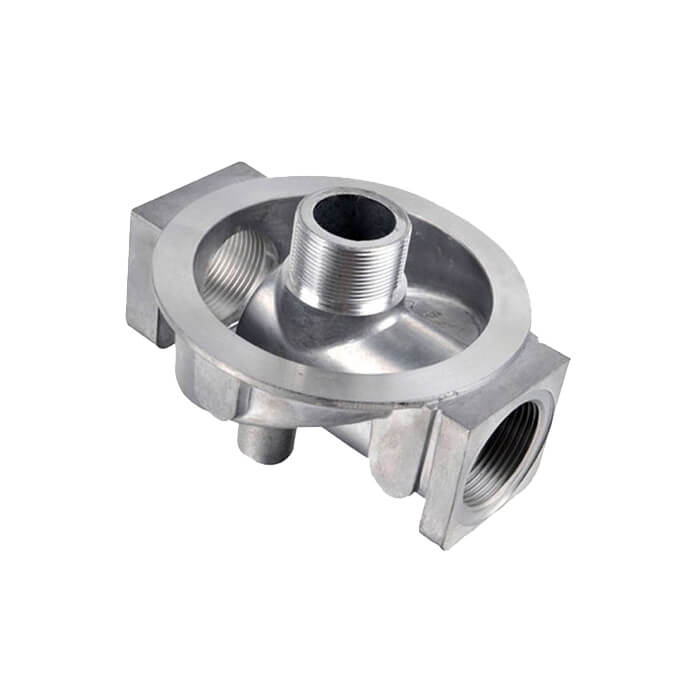
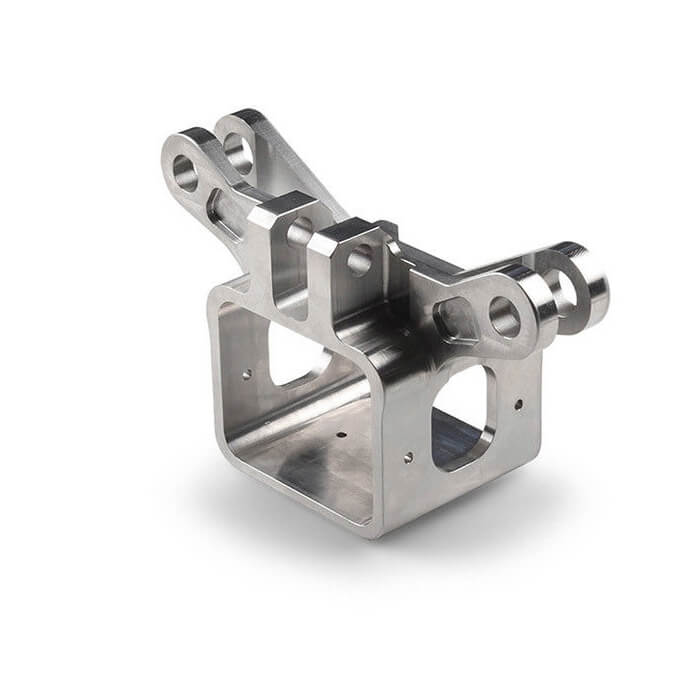
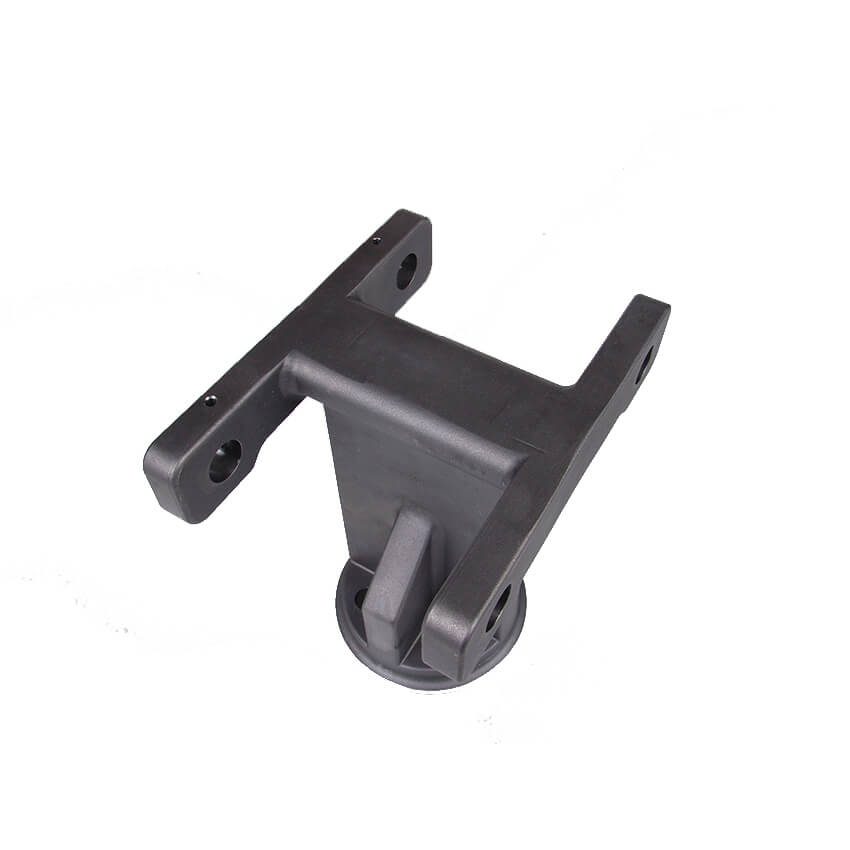
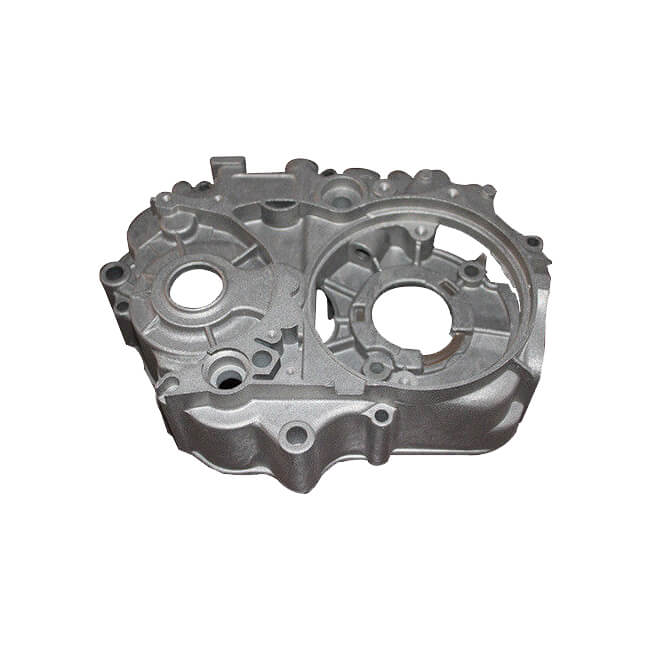
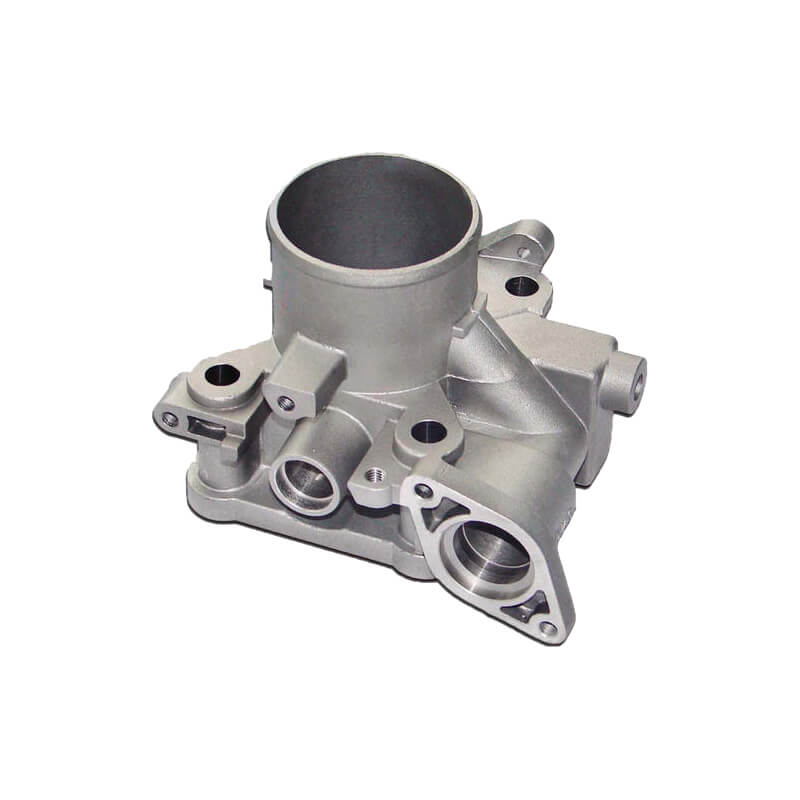
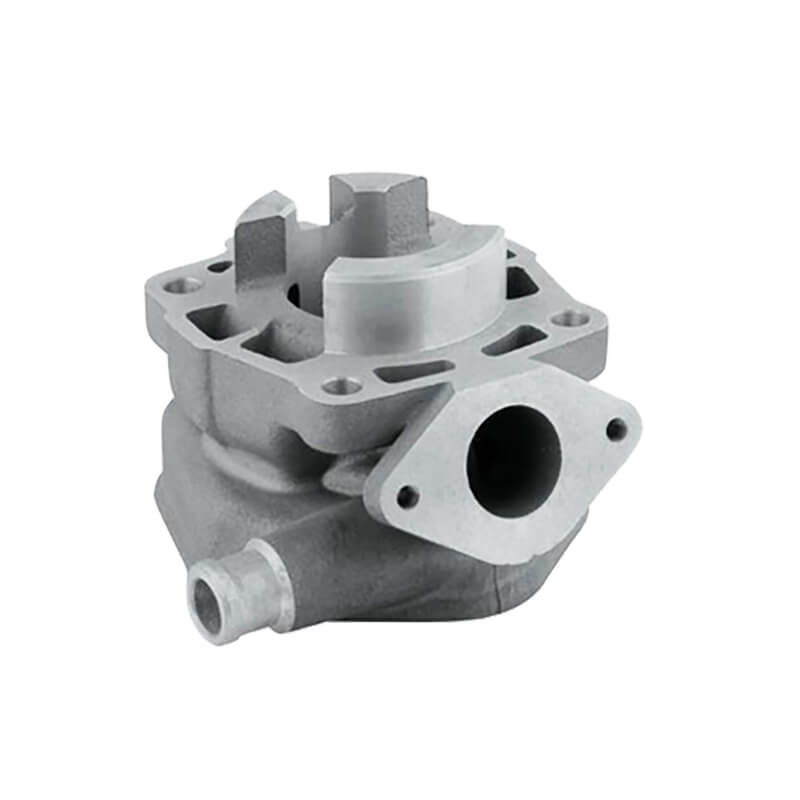
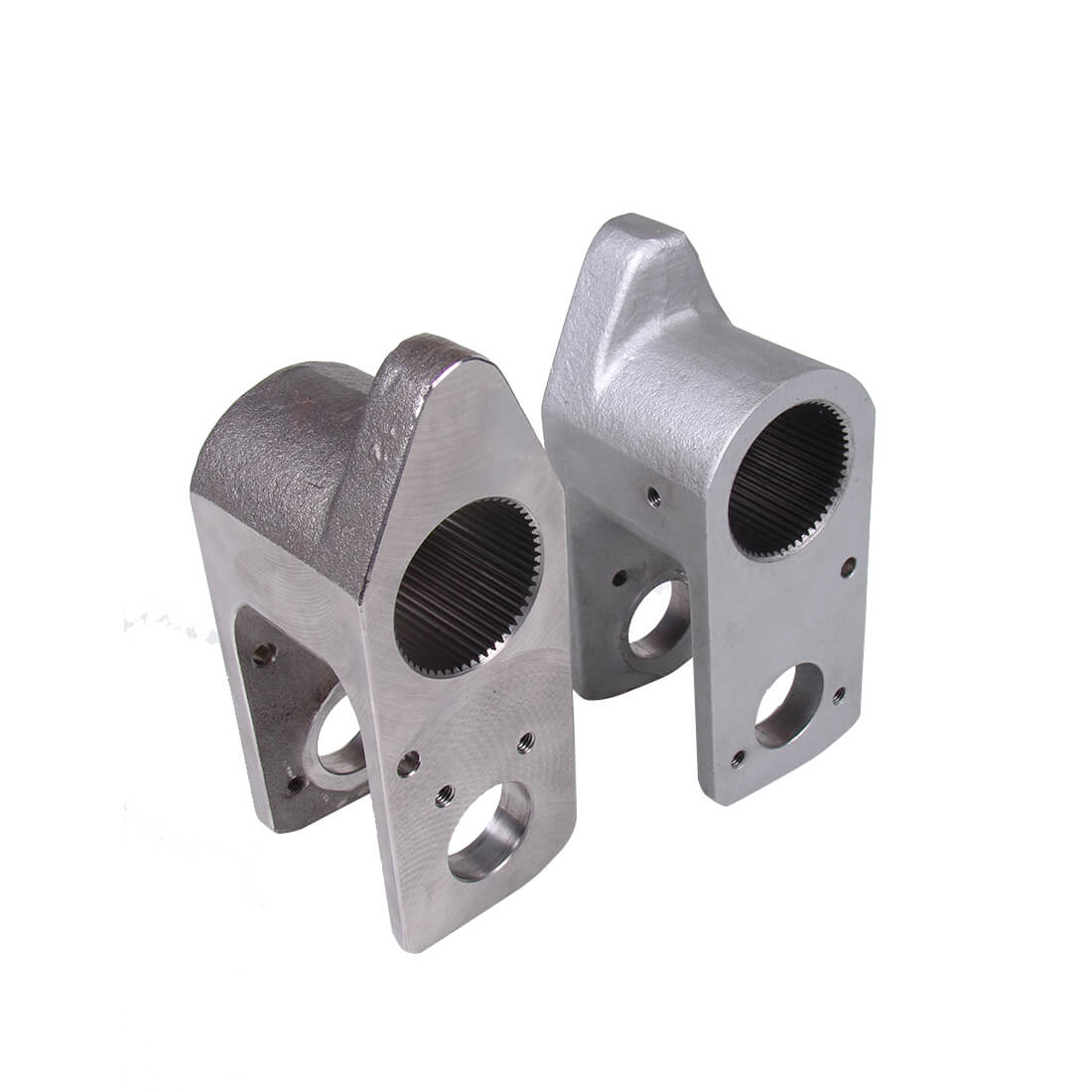
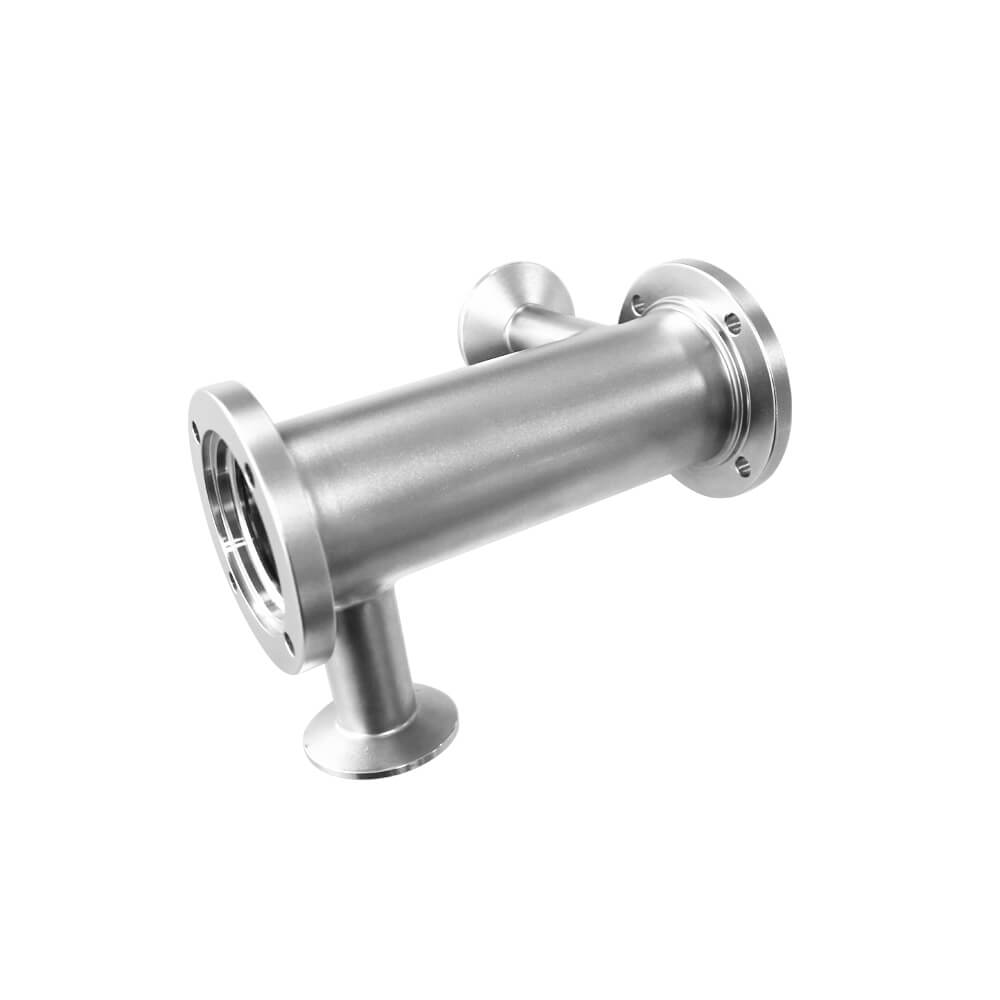
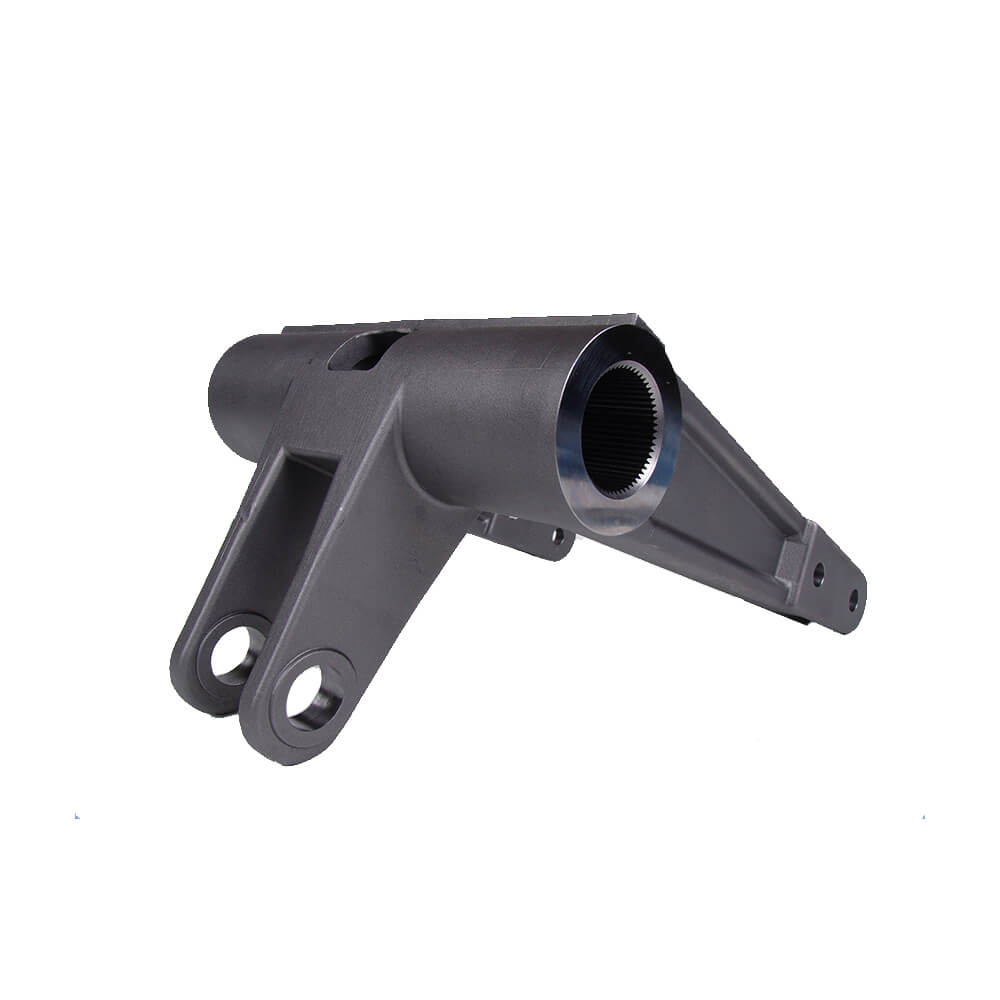
Delivery Time
For sample in 10-15 days upon price confirmed if no
mold/tooling/jigs required.
For sample in 20-30 days upon price confirmed if need develop
For bulk in 40-50 days after sample approved
Payment term
For mold/tooling/jigs ,50% in advance and 50% after sample
approved. if sample is still not good after 2nd time improve,50%
could be returned.
For customized parts. 40% down payment and balance should be
before delivery.
Tolerance
Tolerance: +/-0.005mm
Contact our sales team for more information